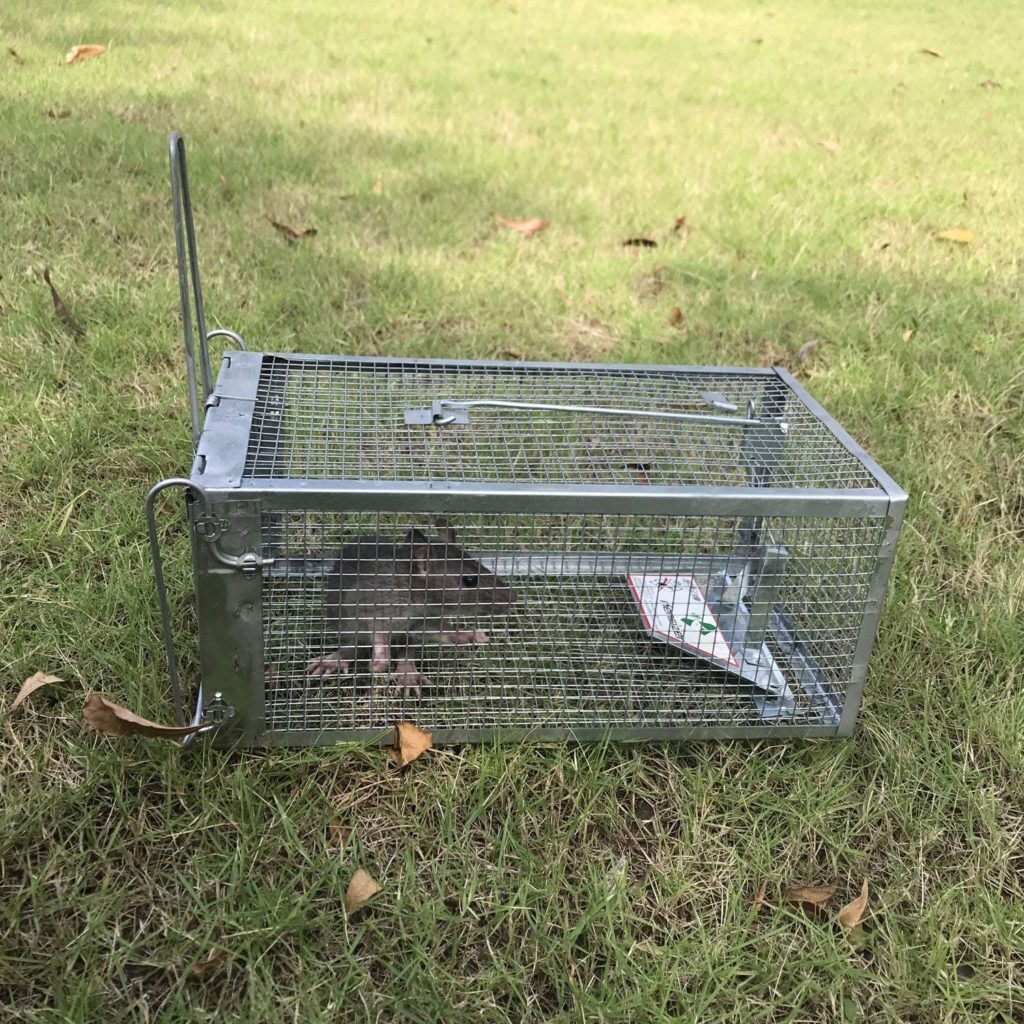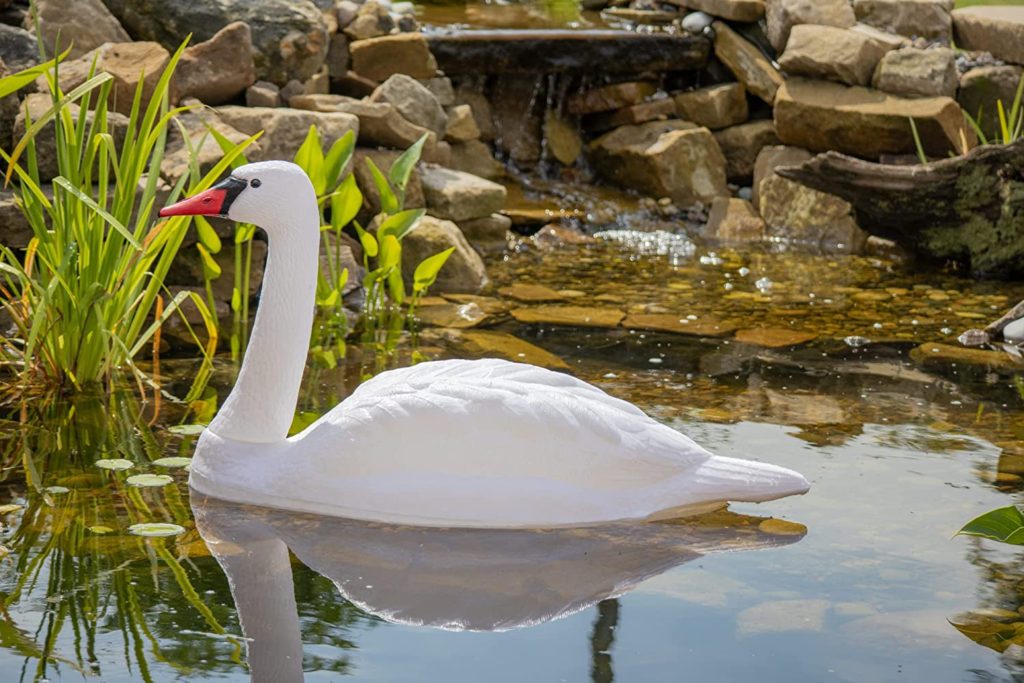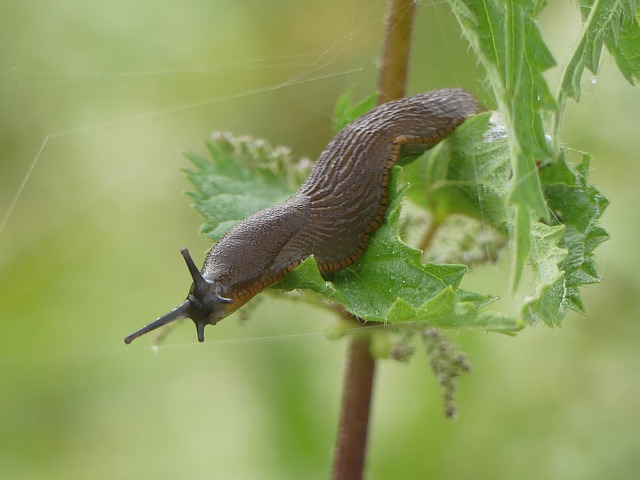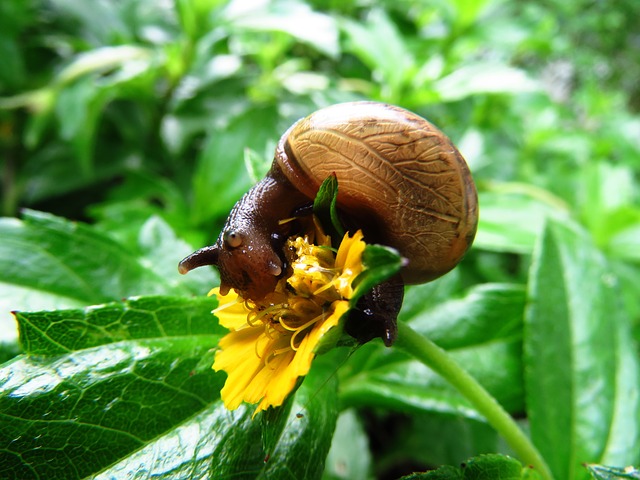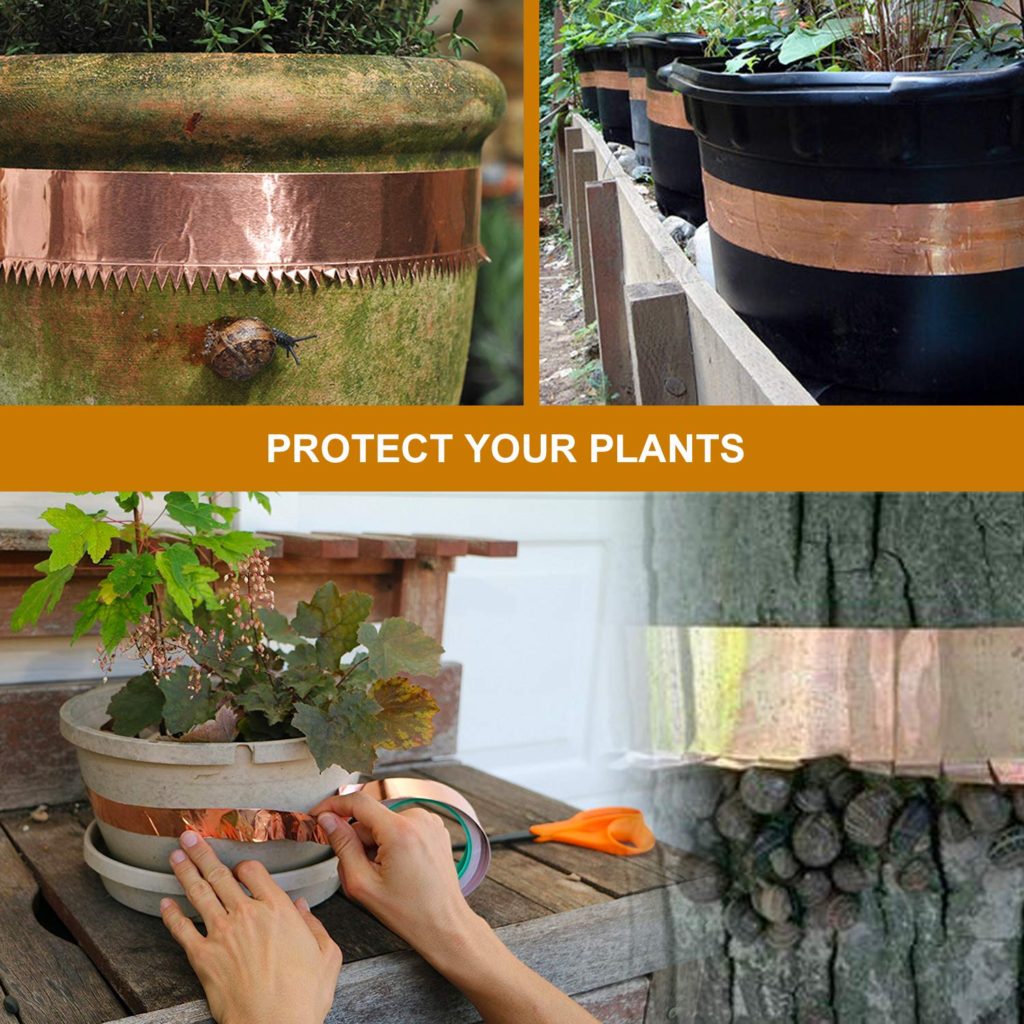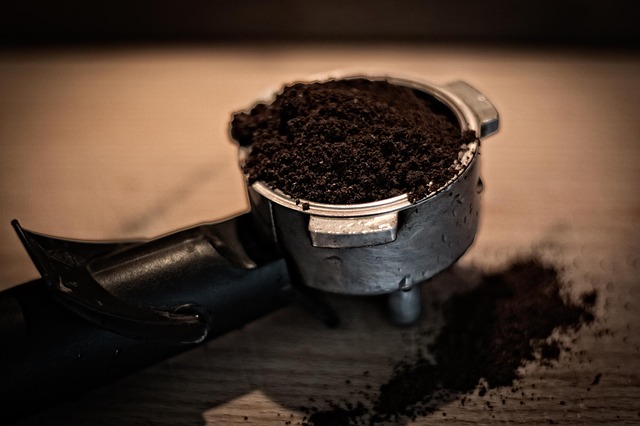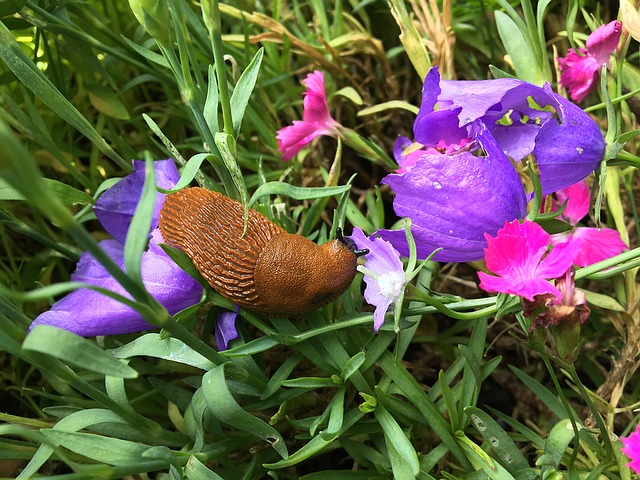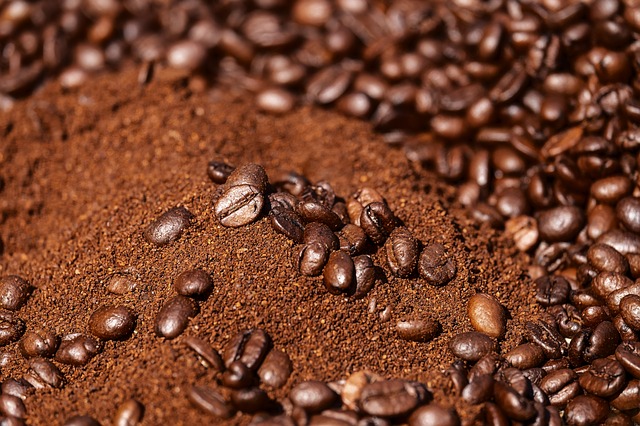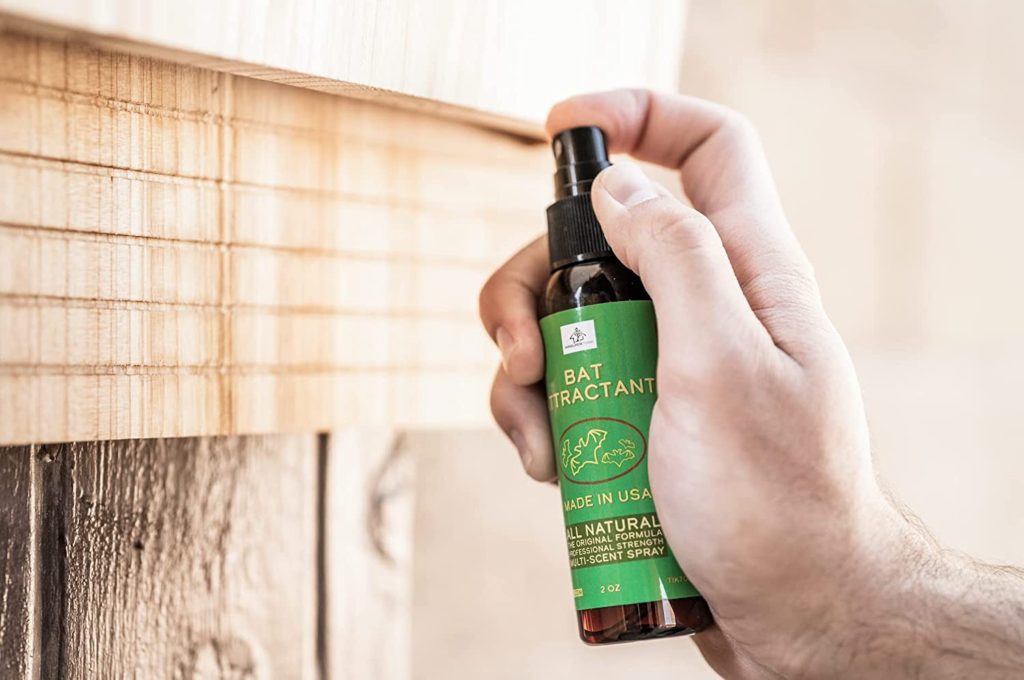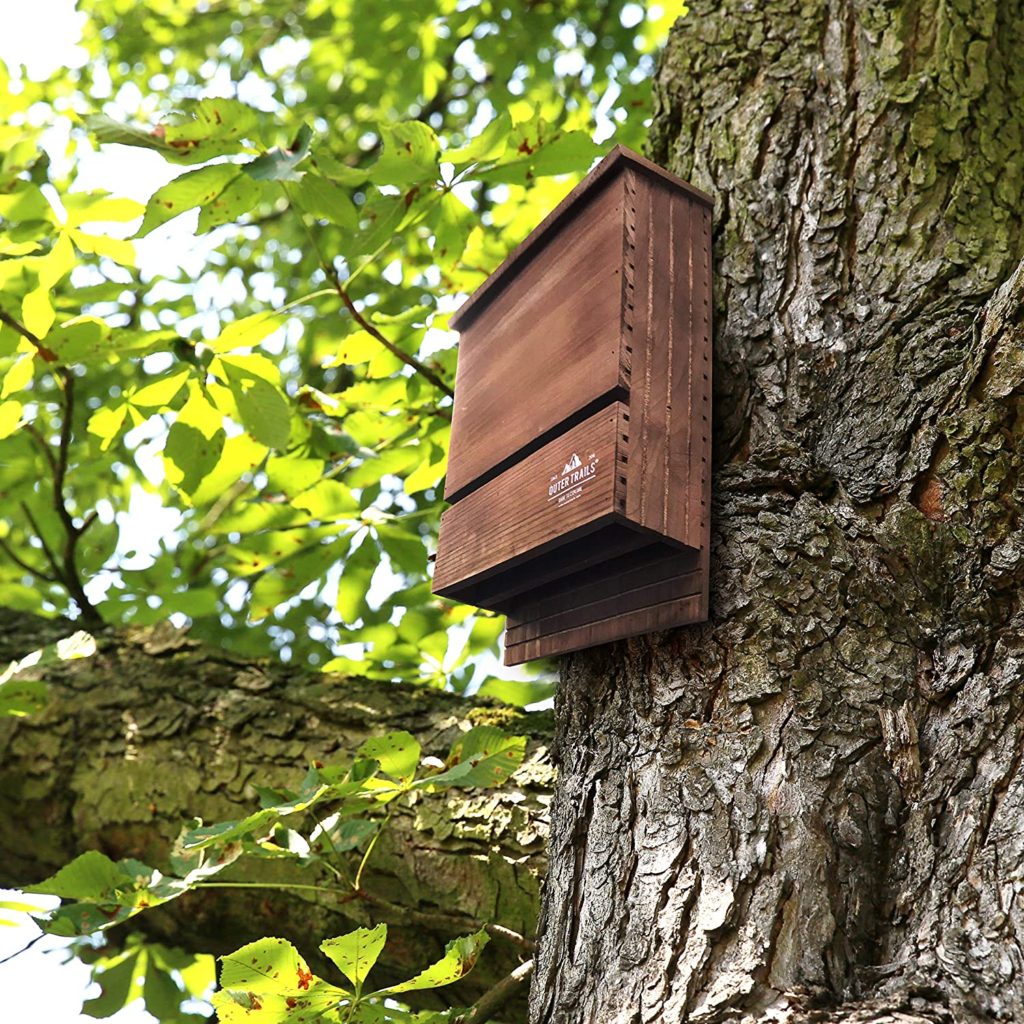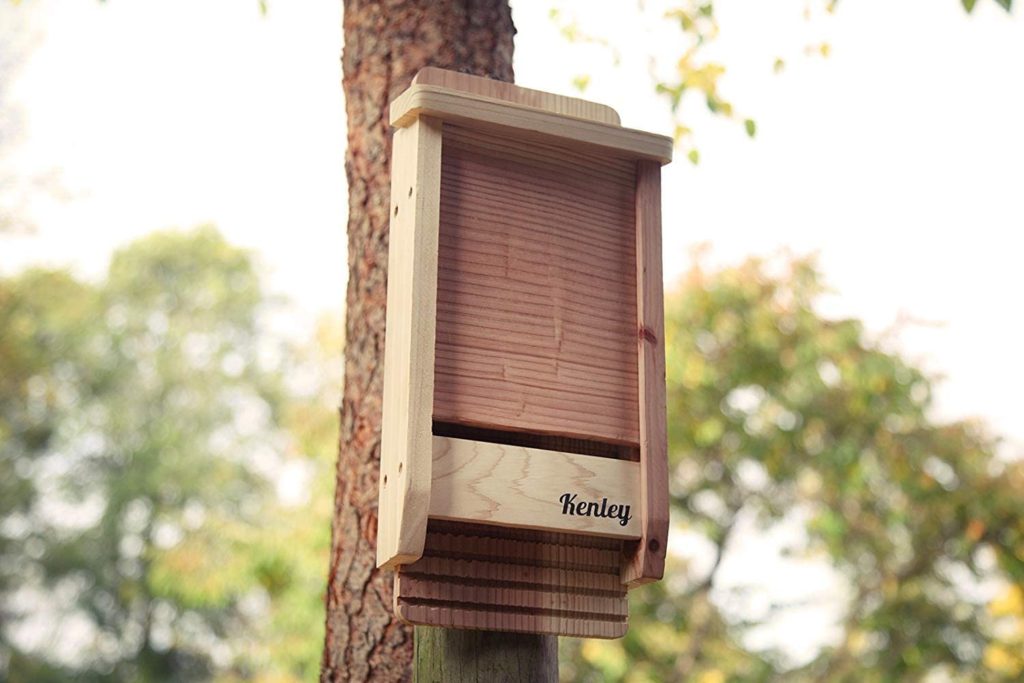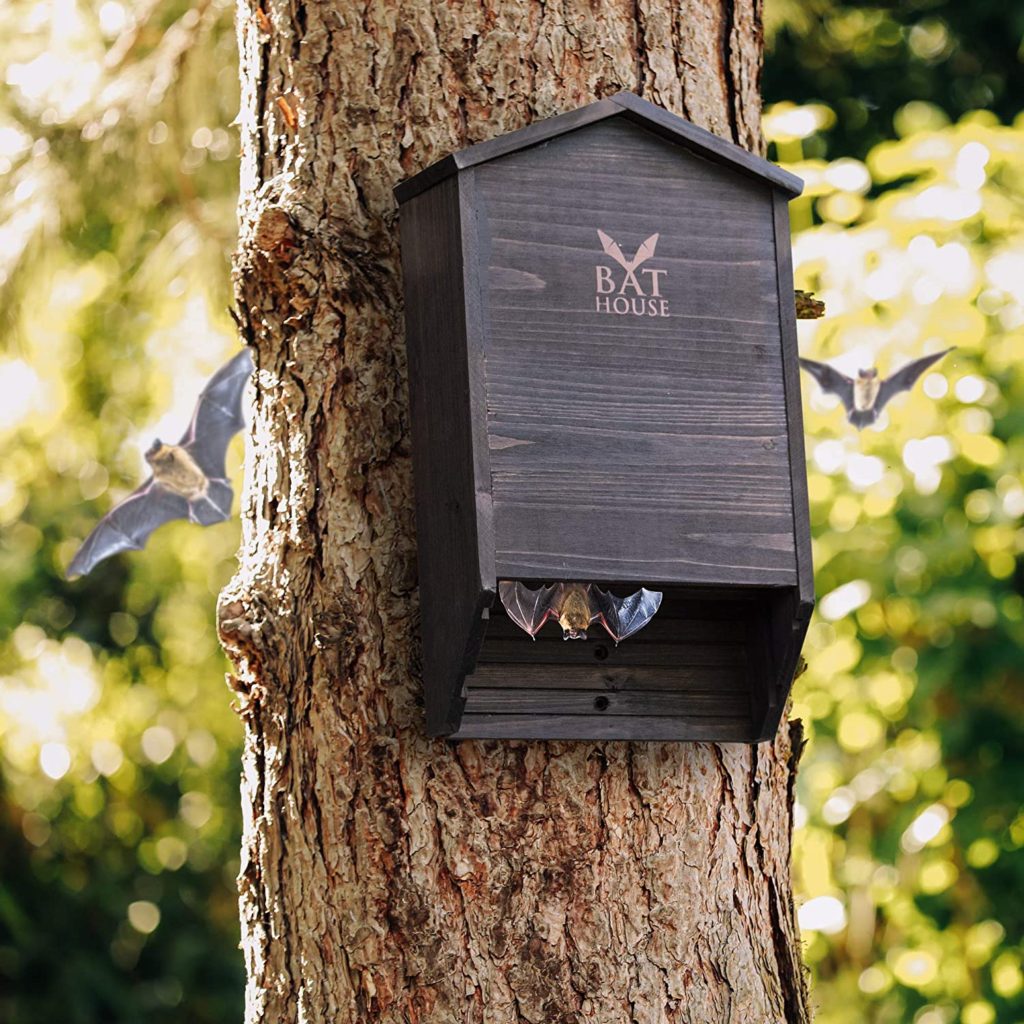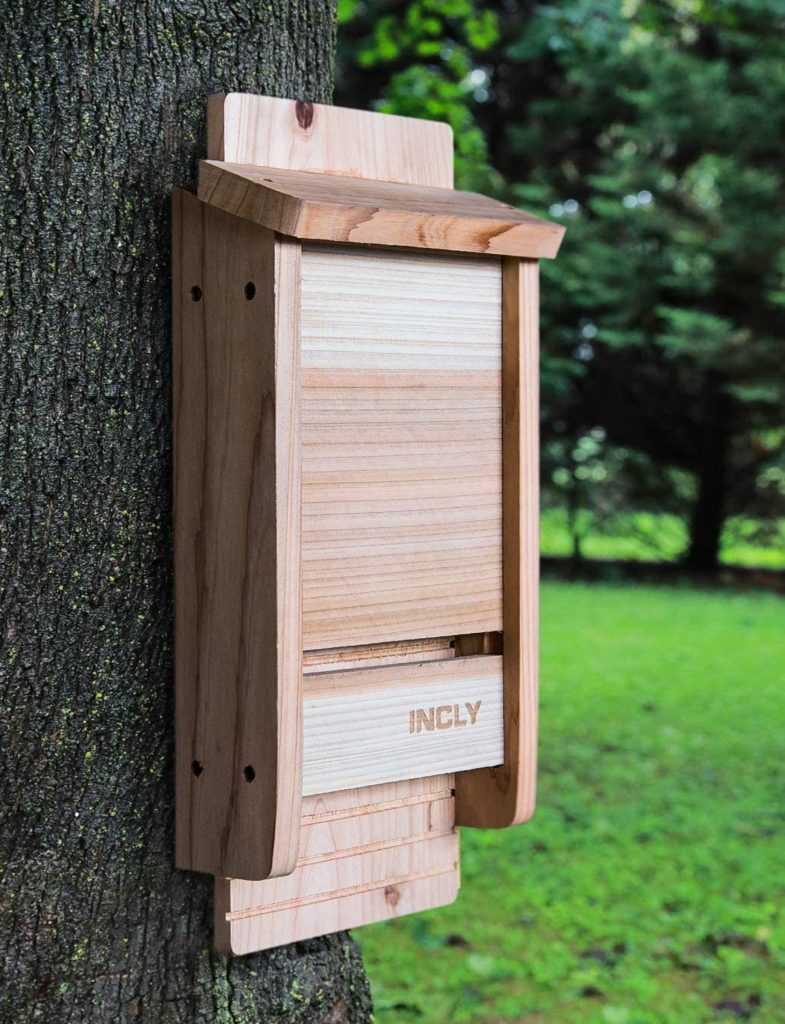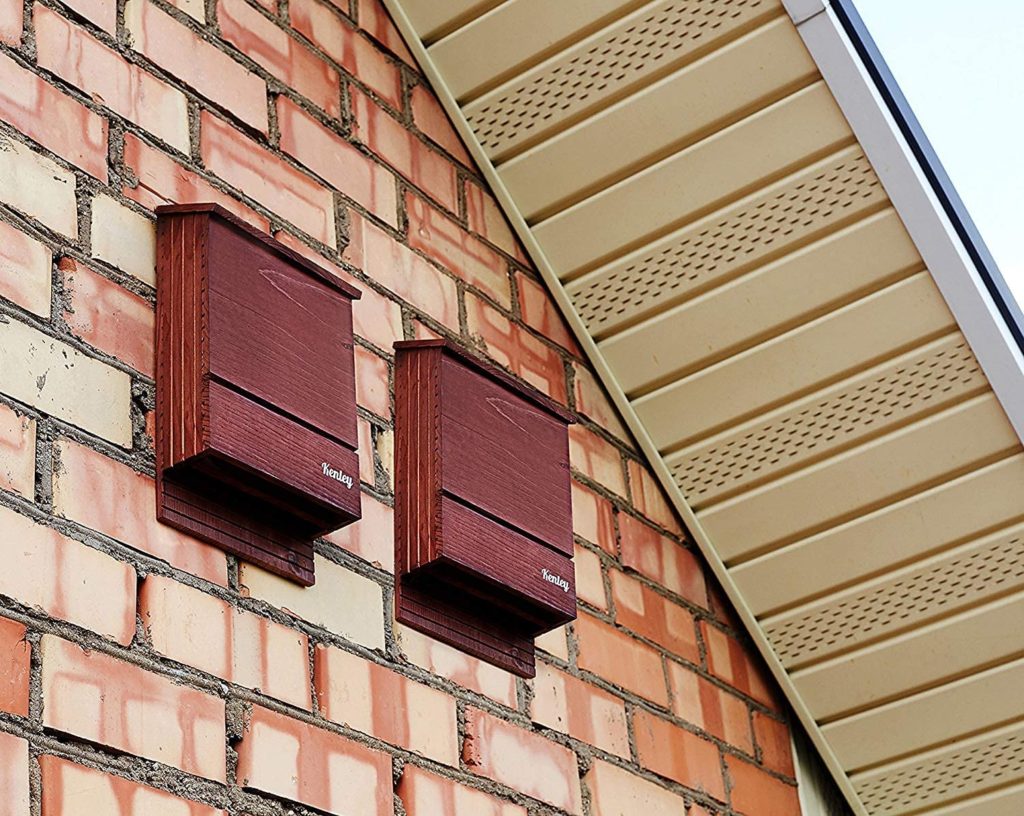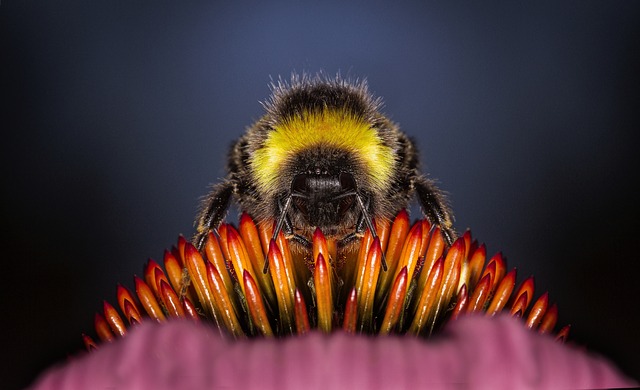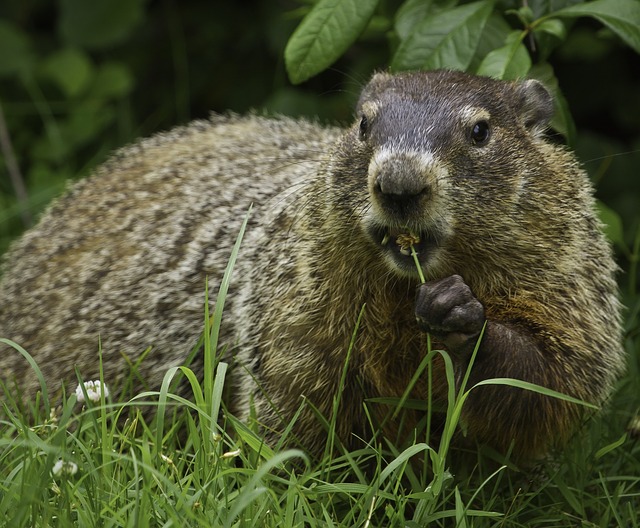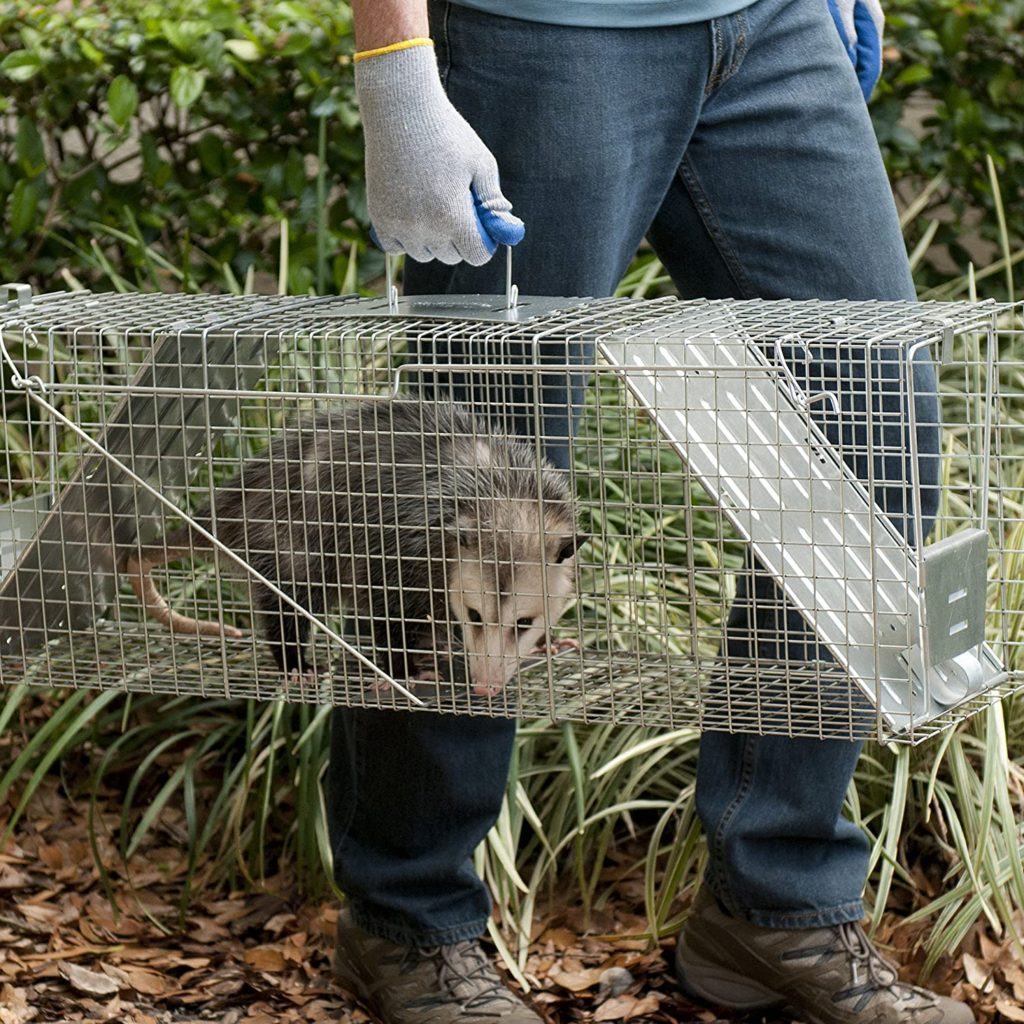
Pests can be a major hassle; they can cause costly damage, make a mess, and can even spread disease. Many homeowners choose to trap pests on their own using what are known as live animal cage traps. These traps are totally humane and allow you to safely relocate the pest to another location. And with the following tips, you’ll be sure to increase the odds that you’re successful when using them.
Should You Actually Trap This Animal?
Before you purchase or set up a live cage trap you’ll want to consider whether you should actually catch the animal at all. While setting a trap is one thing, relocating an animal once it’s caught is another. And some pests may get a bit aggressive.
Depending on the type of animal you’re trying to catch and your own personality, sometimes it’s better to call a professional pest control service to do the job for you. Also depending on where you live it may not even be legal to trap the specific animal you would like to remove. So be sure to check your local laws first.
If trapping isn’t legal or you don’t want to deal with traps or trapped animals using a predator decoy such as coyote, fox, or floating alligator decoy can often work to keep pests away as well. However, the type of decoy or deterrent you should use will depend on the specific pest species you are trying to deter.
Be Patient
Don’t get discouraged if you aren’t successful with your trap right away. Animals can be quite observant and anything out of the ordinary like traps are often avoided. With some patience, by following tips like the ones listed here you should be able to catch what you’re after.
Whether or not an animal decides to enter a live animal cage trap can depend on a range of different factors and circumstances. And of course, sometimes a bit of luck is needed as well. So don’t give up when you find your trap is empty. Simply be patient and don’t be afraid to change things up as needed. One simple alteration may be all it takes.
Choose An Appropriate Bait
Before setting a live animal trap, you will need to choose the appropriate bait. Each type of animal has specific foods that are known to attract it. For instance, canned fish is often placed in traps to lure opossums and skunks whereas cantaloupe is known to work very well for groundhogs. The right bait is crucial, so find out what your target species prefer and use it in your trap.
Habituate Pests To Your Trap
Because metal cages don’t naturally appear in the wild, many pests will avoid them. To help convince wary backyard pests that this new manmade object is safe, placing it un-set, in the area you will use it first can help. Putting the same bait you are planning to use around it or even on top of the live animal cage trap can help build confidence as well. And this can really increase your odds.
Check On Your Trap
Once you set your trap checking on it is essential. The longer an animal is left in a trap the more stressed it can become. Checking on your live animal cage trap is especially important in hot weather since a caught animal may not have any way to cool down. While you don’t want to check your trap so often that you scare pests away from entering your trap in the first place, once or twice a day is usually sufficient.
Employ Multiple Live Animal Cage Traps
If one trap doesn’t work, don’t hesitate to use more. In fact, professionals often use three or more at a time, especially when trying to catch smaller animals. By setting multiple live animal cage traps in various locations you can help to put the odds in your favor without much wasted time.
Start Shopping for Live Traps!
The Complete Swan Decoy Guide
Buy on Amazon Geese and ducks can be a huge problem for anyone who owns a pond, pool, or even lawn. A swan decoy can help to keep these pests away so you don’t have to deal with them and the mess they leave behind. Here is everything you’ll need to know about swan...
What Direction Should A Bat House Face?
Buy on Amazon Bats are very particular when it comes to whether or not they will move into a bat house. One of the most important factors is the temperature inside, which will be strongly influenced by the direction that the house is facing. So what direction should a...
Does Copper Tape Stop Slugs?
Does copper tape stop slugs? The answer is yes. And you can use this simple solution to keep your plants safe from those slimy plant-eating pests. Repel Slimy Garden Invaders Without Harm Despite being relatively small and very slow-moving, slugs can do a lot of...
When To Put Up A Bat House
Buy on Amazon Bats can be a big benefit to your yard. But they can be picky when it comes to where they actually decide to roost. Knowing when to put up a bat house can help to tip the odds in your favor. Basic Seasonal Bat Behavior Many people don’t realize that in...
The Best Advantages Of Using Copper Tape For Snails
Snail damage is no laughing matter, especially when you’ve put a lot of time and effort into your garden. Most people don’t realize that by simply adding copper tape snails can be quickly deterred from eating your plants. And here are the best advantages of using this...
Copper Tape For Slugs
Buy on Amazon As any gardener knows, slugs can be highly destructive to a wide range of plants. But you don’t have to use baits or chemicals to keep these slimy pests from ruining your garden. By using copper tape slugs will stay away from your precious plants...
How To Use Coffee Grounds For Snails
You don’t have to kill those annoying garden snails in order to keep them from eating your plants. In fact, you can use your morning coffee as a non-lethal weapon against them. When they come into contact with your coffee grounds snails will turn right around and...
How To Use Coffee Grounds For Ants
There are endless sprays and poisons you can use to get rid of ants. However, you won’t have to look any further than your morning cup of coffee if you’d like a repellent that doesn’t contain any harmful chemicals. By using coffee grounds ants will stay away and kids...
How To Use Coffee Grounds For Garden Pests
While the majority of humans enjoy coffee, not all animals find it so appealing. In fact, when they encounter coffee grounds garden pests are often repelled by them, and that’s a good thing. So here are the critters you can expect to keep out of your garden when using...
Coffee Grounds For Slugs
Slugs can be a big problem, yet most people don’t realize that the waste produced from their morning cup of coffee can be used help to protect their plants from these slimy pests. When they encounter your coffee grounds slugs will make a hasty retreat. So here’s...
Coffee Grounds For Mosquitoes
There are countless options available to keep mosquitoes away, many of which contain harmful chemicals. Most people don’t realize that the grounds used to make their morning coffee can also function as an all-natural repellent. Here’s what you’ll need to know to use...
Using Coffee Grounds To Deter Cats In The Garden
While cats can be loving pets, in the garden they often can be pests. Fortunately, you can use coffee grounds to deter cats. Not only can they help to keep cats away from your plants but they’re also totally safe. Cat Problems 101 Unfortunately for gardeners, cats...
Bat Attractant: The Secret Weapon For Bat House Success
Buy on Amazon Purchasing a bat house is easy, however, having a colony of bats take up residence inside it is sometimes another story. To tip the odds in your favor using bat attractant can help. Here’s what you’ll want to know when considering using it. Bat House...
How To Attract Bats To Your Bat House
Buy on Amazon Having bats in your yard offers many fantastic benefits. So it’s no wonder that more and more people are installing bat houses in an attempt to get them to stay. However, you’ll first need to know how to attract bats to your bat house if you want them to...
What Does A Bat House Look Like?
Buy on Amazon Bat houses are shelters made specifically for bats. These flying mammals have special needs that houses are designed to meet. So what does a bat house look like? Well, read on and find out! Bat House Designs Houses for bats actually look like boxes. For...
What Is A Bat House?
Buy on Amazon What is a bat house? And better yet, why would you want one on your property? These are both commonly asked questions. Whether you’re just curious or have always wanted to have bats in your yard here’s what you’ll need to know. Bats are nocturnal...
The Top Bat House Benefits
Buy on Amazon A bat house is a specially designed shelter for bats. It provides them with a safe and convenient place to sleep. While they are great for the bats, there are many bat house benefits you can enjoy as well when you have one in your yard. Keep Bats Out Of...
Where To Put A Bat House
Buy on Amazon Where to put a bat house is an important decision. If it’s not in an appropriate spot, you may be putting your resident bats in danger. Or you may end up with an empty house since no bats are interested in living in it. So you’ll need to know a few...
Beneficial Garden Insects And Creatures Often Confused For Pests
There are many animals that we consider to be pests. However, many of them actually perform critical tasks and help to control the populations of much more devastating species. The following beneficial insects and creatures are ones you’ll want to keep around....
The Most Common Backyard Pests
Your backyard is an ecosystem, however, not all of the animals which reside in or near it have the manners you’d like them to. There are many different animals that can be a nuisance. Here are some of the most common backyard pests that you’re likely to encounter....
